Therapy decision tree for canine atopic dermatitis
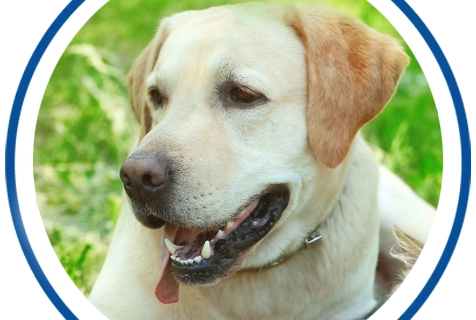
PATIENT DIAGNOSED WITH ATOPIC DERMATITIS
Is patient experiencing an acute disease flare?
|
YES |
NO |
||
|
Initiate treatment for acute flare of atopic dermatitis
|
See Chronic Control of Canine Atopic Dermatitis, next section. |
||
|
Bacterial or yeast infection present? |
|||
|
CHRONIC CONTROL OF CANINE ATOPIC DERMATITIS
|
Confirm any inciting flare factors have been avoided or removed
|
|
|
Atopic dermatitis is a multifactorial disease process, requiring a multimodal treatment approach to achieve optimal results
|
|
|
Evaluate patient’s individual needs and client’s budget and compliance to select appropriate long-term therapy |
|
|
See Proactive Therapy, next section |
Immunotherapy
|
PROACTIVE THERAPY
|
Oclacitinib
|
|
Canine atopic dermatitis therapeutic injection
|
|
Cyclosporine
|
|
Topical steroids
|
|
Emollient shampoo therapy
|
References
- Deboer DJ, Schafer JH, Salsbury CS, et al. Multiple-center study of reduced-concentration triamcinolone topical solution for the treatment of dogs with known or suspected allergic pruritus. Am J Vet Res. 2002;63(3):408-413.
- Olivry T, DeBoer DJ, Favrot C, et al. Treatment of canine atopic dermatitis: 2015 updated guidelines from the International Committee on Allergic Diseases of Animals (ICADA). BMC Vet Res. 2015;11:210.
- Cosgrove SB, Wren JA, Cleaver DM, et al. Efficacy and safety of oclacitinib for the control of pruritus and associated skin lesions in dogs with canine allergic dermatitis. Vet Dermatol. 2013;24(5):479–e114.
- Steffan J, Parks C, Seewald W, North American Veterinary Dermatology Cyclosporine Study Group. Clinical trial evaluating the efficacy and safety of cyclosporine in dogs with atopic dermatitis. J Am Vet Med Assoc. 2005;226(11): 1855–1863.
- Olivry T, DeBoer DJ, Favrot C, et al. Treatment of canine atopic dermatitis: 2010 clinical practice guidelines from the International Task Force on Canine Atopic Dermatitis. Vet Dermatol. 2010;21(3):233–248.
- Steffan J, Favrot C, Mueller R. A systematic review and meta-analysis of the efficacy and safety of cyclosporin for the treatment of atopic dermatitis in dogs. Vet Dermatol. 2006;17(1):3–16.
- Forsythe P, Paterson S. Ciclosporin 10 years on: indications and efficacy. Vet Rec. 2014;174(Suppl 2):13-21.
- Navarro C, Crastes N, Benizeau E, McGahie D. Voluntary acceptance and consumption of two oral ciclosporin formulations in dogs: two randomised, controlled studies. Ir Vet J. 2015;68(1):3.
- Löflath A, von Voigts-Rhetz A, Jaeger K, Schmid M, Kuechenhoff H, Mueller RS. The efficacy of a commercial shampoo and whirlpooling in the treatment of canine pruritus - a double-blinded, randomized, placebo-controlled
study.Vet Dermatol. 2007;18(6):427-431.
IMPORTANT SAFETY INFORMATION
GENESIS® Topical Spray (0.015% triamcinolone acetate): For use on dogs only. Wear gloves when applying the product. The use of this product on dogs less than eight pounds, less than one year of age, breeding, pregnant, or lactating has not been evaluated. Adverse events of polyuria and polyphagia have been reported in <6% of dogs receiving treatment. For full prescribing information, contact Virbac at 1-800-338-3659 or download here.
IMPORTANT SAFETY INFORMATION
CYCLAVANCE™ (cyclosporine oral solution): For use in dogs only. Wear gloves during and wash hands after administration. Gastrointestinal problems and gingival hyperplasia may occur at the initial recommended dose of CYCLAVANCE oral solution. CYCLAVANCE oral solution should be used with caution: 1) in cases with diabetes mellitus as it may cause elevated levels of serum glucose; 2) in dogs with renal insufficiency since the effect of cyclosporine use on dogs with compromised renal function has not been studied; 3) in simultaneous administration with drugs that suppress the P-450 enzyme system, such as azoles (e.g. ketoconazole), that may lead to increased plasma levels of cyclosporine. Killed vaccines are recommended for dogs receiving CYCLAVANCE oral solution because the impact of cyclosporine on the immune response to modified live vaccines has not been evaluated. For full prescribing information, contact Virbac at 1-800-338-3659 or download here
© 2021 Virbac Corporation. All Rights Reserved. CYCLAVANCE, GENESIS, ALLERMYL, and KETOCHLOR are registered trademarks of the Virbac Group of companies.

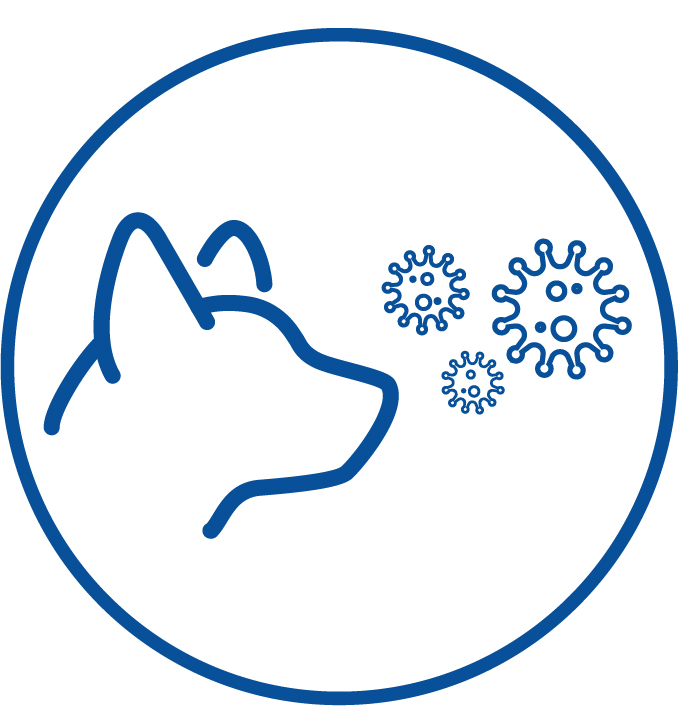
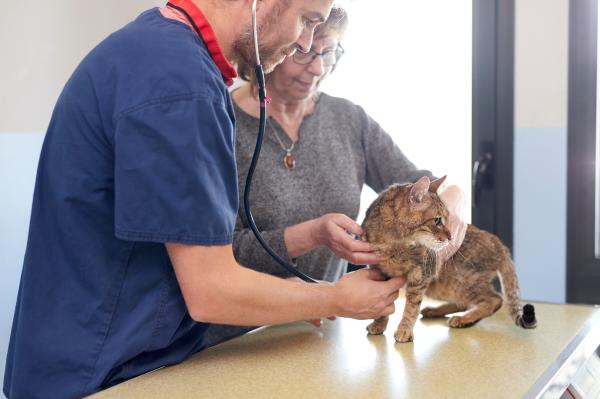


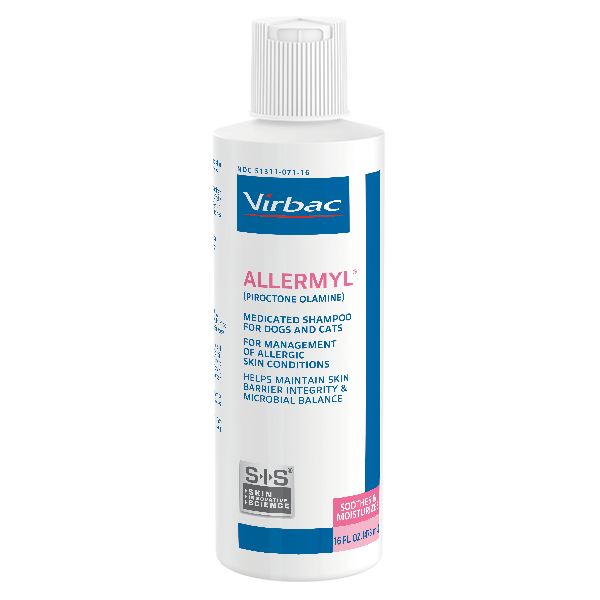
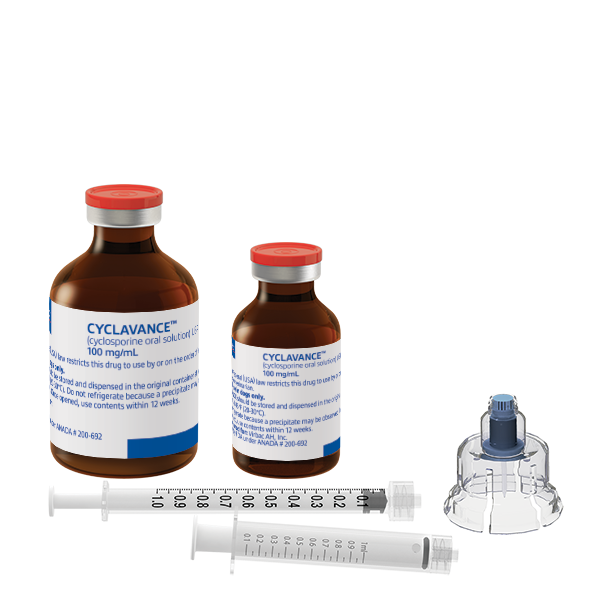
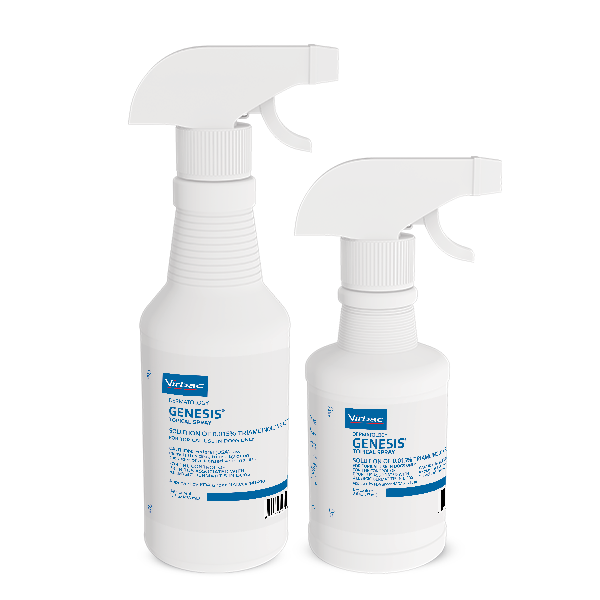
.png)